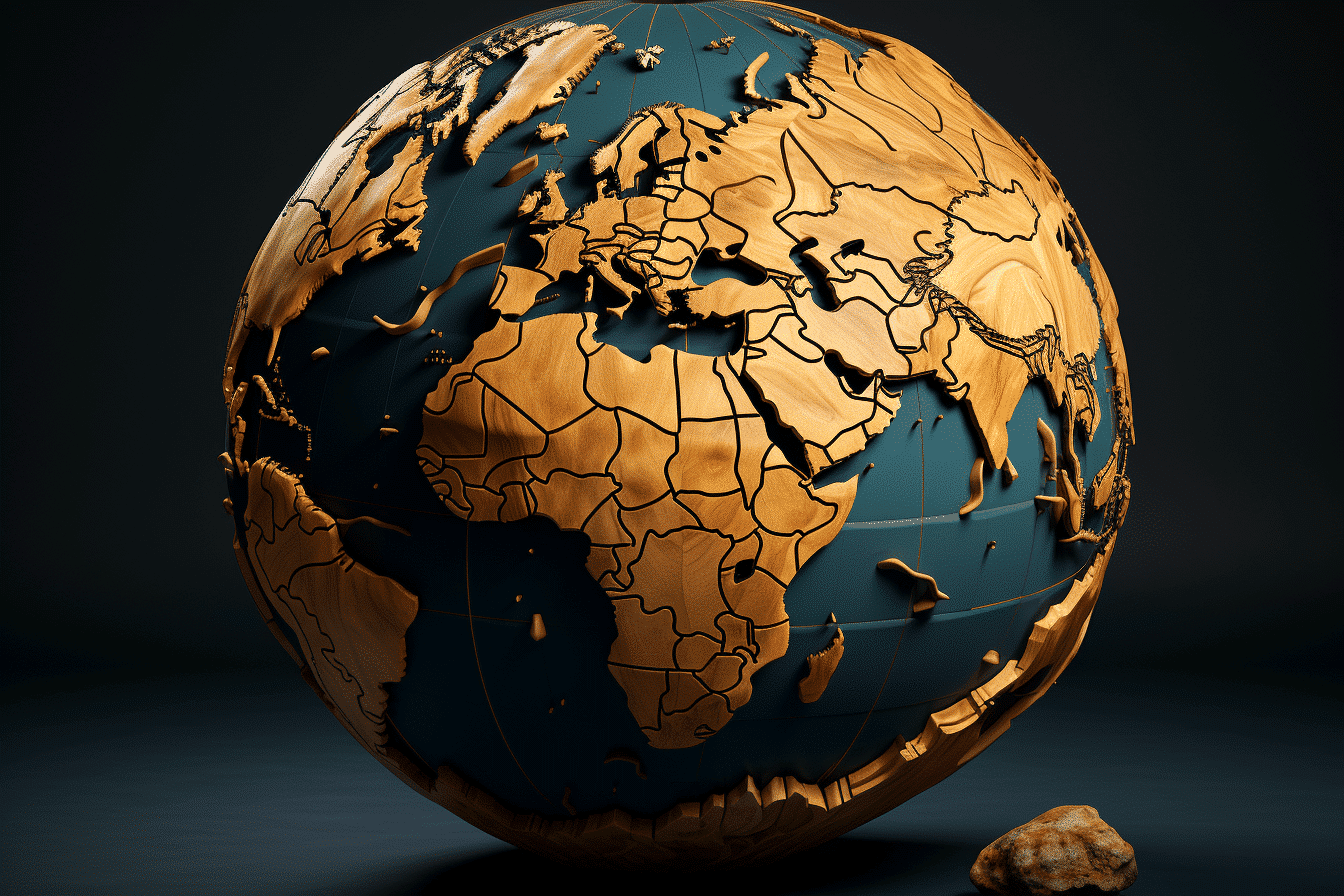In the landscape of global economics, one pressing issue stands out as the linchpin for future growth: Africa. With a population of 1.5 billion, the continent holds a demographic treasure trove that, if harnessed effectively, could spur substantial global economic expansion.
Demographic trends worldwide reveal a global “baby bust” impacting major economies like China, Japan, Germany, and the United States. However, Africa presents a unique situation. By the 2030s, one in three people entering the global workforce will be African. To accelerate global economic growth, Africa must find ways to productively employ this burgeoning workforce and capitalize on its demographic dividend. Unfortunately, this isn’t happening for most African nations.
A key factor in driving economic growth is the rate of working-age population growth. Research indicates that a minimum 2% growth in the working-age population is necessary for substantial economic expansion. In 2000, 110 countries met this threshold, with nearly half of them in Africa. Today, only 58 countries meet this criteria, with more than two-thirds located in Africa.
The missed potential is glaring. If Africa had capitalized on its population growth similarly to East Asian miracle economies like South Korea and Taiwan, its share of the world economy would be at least three times larger than its current 3%. This missed opportunity significantly impacts global economic growth, which has been stagnating at an average of 2.5% in recent years.
Over the past five years, only three of the 54 African economies have managed to sustain annual growth rates of over 6%: Ethiopia, Benin, and Rwanda. This is a significant drop from the 2010s when 12 African nations achieved this level of growth. More alarmingly, not a single African economy has achieved transformative gains in average per capita income. Half of the continent’s largest countries, including Nigeria, South Africa, and Algeria, have even witnessed a decline.
Africa’s challenge lies in its ability to add workers without proportionally increasing output per worker. In contrast, Asian economic miracles successfully shifted workers from agriculture to manufacturing, a transition that boosted productivity and growth. Africa’s hopes of “leapfrogging” directly into the digital age or service industries haven’t materialized as expected.
A significant part of the problem can be attributed to leadership and governance issues. Fourteen of the 20 most corrupt governments globally are in Africa, up from 10 in 2010. Unlike some Asian nations where strongman rulers guided post-war prosperity, Africa’s strongmen often prioritize self-preservation over creating the basic conditions necessary for economic growth, such as infrastructure and education.
Countries like Botswana, once considered promising, struggle to diversify their economies beyond resource-dependent sectors. Nigeria, an oil-rich nation, has seen average incomes shrink over the past five years, highlighting the challenges faced by resource-dependent economies.
While China’s investment in Africa’s infrastructure is visible, economic growth remains elusive for many nations on the continent. Frequent power blackouts and underinvestment still plague the region.
Looking ahead, the world’s working-age population will increase by 2 billion over the next three decades, with nearly 80% of these workers hailing from Africa. The continent stands as the last, best hope for economic miracles. However, without addressing these issues, Africa’s untapped potential will continue to weigh down global growth.
Africa’s demographic challenge is a critical factor in the future of global economic growth. Unlocking this potential requires addressing governance issues, fostering productivity, and ensuring that Africa’s youth are equipped to contribute meaningfully to the world economy. Failure to do so could have far-reaching consequences for the global economy in the coming decades.




